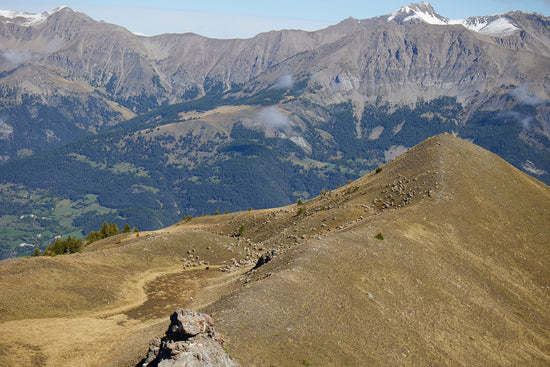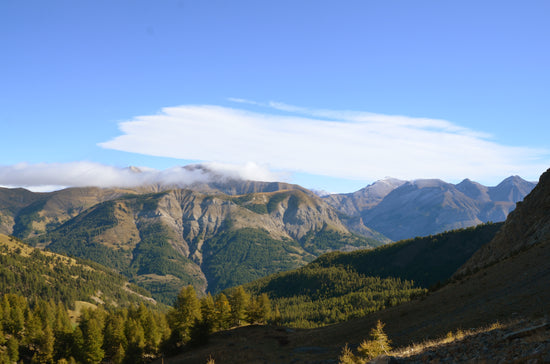Where does our wool come from?

»The vast majority of our products are made of wool (except for our technical hiking socks, which have a small synthetic fibre content). Two special merino wools: one from the Falkland Islands and the other from an autochthonous merino breed from the South of France, the Merinos d'Arles.«
First, a brief word about merino, the textile industry and the term "quality":
-
At the time of the Industrial Revolution, the textile industry was the spearhead of rapid change, the "high-tech sector" of its time, so to speak. It later gave rise to the chemical and pharmaceutical industries. Industrial production made products cheaper than those made by hand, while at the same time improving quality.
-
This has changed thoroughly over the last 200 years. Local raw materials and regional production have in the meantime become a globalised mass product with the aim of continuously producing cheaper, regardless of quality. With the result that "pure" wool products that have not even been mixed across the globe are hardly available on the market.
-
Because not all wool is the same and merino wool is even more so. Each type of wool has a unique genetic footprint depending on breed, husbandry conditions and natural environment. And that's how it gets its individual characteristics.
What makes the Falkland Island Merino and the Merinos d'Arles so special?
-

-
Imagine an island archipelago in the South Atlantic, not far from the South Pole, with plenty of space (at least 1 hectare per sheep) and harsh living conditions. A life of absolute freedom to visit the shearing shed once a year, deliver the wool and be allowed to graze undisturbed again for the next 12 months.
-
Genetic diversity is another secret of the Falkland Island Merino, the breed is called Polwarth to be exact and combines with 75% the fineness of the Merinos, with 25% the special advantages of the Lincoln sheep - silky handle and enormous length of the fibre - a top quality among Merino wools and at the same time snow-white!
-


»Merinos d'Arles, on the contrary, is one of the oldest merino breeds still in existence, it has existed almost unchanged for 250 years and is the only one that comes close to the original form of the Spanish merino: extremely fine crimping of the wool, very puffy and thus endowed with an elasticity that is unparalleled and resembles a rubber band - a high-tech fibre of nature par excellence. And France's pride and joy.«

And rich in historical heritage to boot, their breeders in Provence still lead a semi-nomadic life to the rhythm of the seasons, alternating from winter pastures in the Camargue to summer pastures high up in the French Alps. Only a fraction of the size of their overseas brethren, these diminutive animals with their short legs are ideal for cultivating the steep mountain slopes, tough and enduringly made for the long trek of transhumance.


